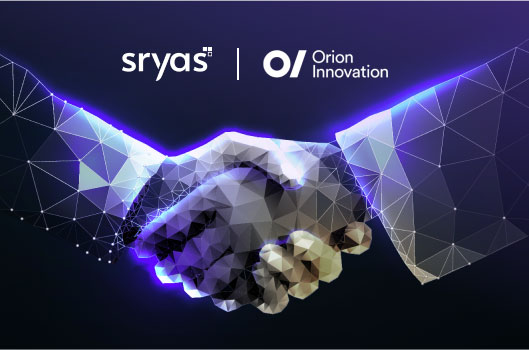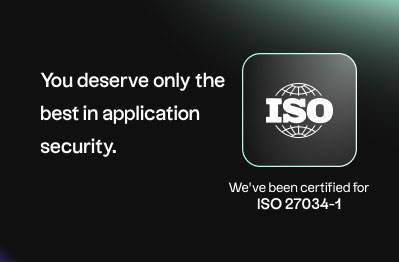
An IoT solution for healthcare
The Internet of Medical Things (IoMT) is a connected system of smart medical devices and applications that have the capability to stream and process data wirelessly in the cloud. These connected devices remotely monitor patient vitals and activities, which can then be used by medical officers to administer proactive care with personalized treatment plans through stream analytics in healthcare.
Take for example the inhaler. On its own, it’s a relatively simple medical device that delivers medication into the body through the lungs. A smart inhaler, on the other hand, uses sensors to monitor patients’ usage, maintain an accurate record, and send timely reminders—an entirely new and progressive way to manage asthma.
Did you know that about 161 million IoT healthcare devices are forecasted to be shipped for installation in 2020? While on a larger scale, the global IoT in Healthcare market size is projected to reach over $500 billion USD by 2025. The future of IoT in healthcare definitely looks bright, and for good reason too. Smart blood pressure monitors, smart pill bottles, even the popular fitness trackers or wearables are set to reshape the medical field significantly.
The benefits of Stream Analytics in healthcare
Real-time streaming analytics provides the key capability to IoT solutions that can transform how patients are managed and cared for.
1. Increased patient involvement in the treatment process
Among other things, stream analytics for healthcare has the potential to impact the patient-doctor synergy. Smart devices encourage patients to be more involved in their own treatment process, empowering them to take their health into their own hands.
Through remote health monitoring, patients will have real-time visibility into their own vital signs such as blood pressure and heart rate. Not only will these insights give patients insight into how their efforts contribute to their health and inspire treatment compliance, but they also allow nurses or medical officers to receive alerts should patient condition change or reminders need to be scheduled.
2. Structured diagnostics for quick medical interventions
On the medical provider side, real-time access to patient data comes with several benefits as well. Using the information provided by wearable devices for healthcare and other IoT devices, doctors and medical professionals can provide data-driven treatment recommendations, identify health issues before they become too critical, and get vital healthcare analytics on the patient.
This way, medical intervention (if needed) will be timely and effective. It is important to note that the medical officers do not deal with raw device data. They are armed with structured, processed data so they can execute treatment plans without any other distractions.
3. Early anomaly detection, timely alerts, and notifications
IoT devices mainly send and receive data, and this can streamline how patients and providers communicate with each other. Providers can configure healthcare monitoring devices or wearables to send automatic alerts if any abnormalities are detected in health data and devise a treatment plan without requiring the patient to visit the hospital.
Conversely, the patient can also reach out to a medical officer through remote medical assistance in times of an emergency. On top of that, IoT devices can act as personal health assistants, sending notifications to remind them to take their medicine, engage in regular exercise, or when they’re due to visit their doctor for a check-up.
4. Proactive medical interventions that reduce costs
IoT device real-time monitoring, streaming analytics, and timely alerts can reduce the time it takes to diagnose and treat illnesses. Patients end up spending less time on reporting symptoms, and check-ups can be conducted remotely. An IoT-based healthcare system will allow institutions to cut down time between measuring, detecting, and treating illnesses—deploying treatment in a faster and more accurate manner.
The combination of quality care and efficiency provided by end-to-end connectivity has the potential to mitigate rising healthcare costs. In fact, such streaming analytics has the potential to contribute immensely to reduce hospital stays and patient readmissions significantly, saving payers and hospitals billions of dollars every year.
5. Reliable data and personalized care
Medical professionals have long relied on patients’ personal reports when making diagnostic decisions. The advent of IoT applications in healthcare, though, has given rise to a new breed of patient data: information collected by wearables, hearables, and other connected IoT devices.
As a result, the healthcare industry can work confidently with information that is much more reliable than self-reported data, giving way to personalized care and improved health outcomes.
IoT and Stream Analytics: Strengthening patient care
The technological landscape in healthcare is changing as we know it. With more and more data being generated regularly, medical practitioners and patients alike need a more efficient way to deal with this inflow and outflow.
Fortunately, there are already a number of IoT devices used in healthcare to guide the flow of information and feedback between patients, providers, and caregivers. Now it’s up to the healthcare organizations to harness this capability and use it to provide personalized care, proactive treatments, diagnostic accuracy, and timely intervention—all for improved patient outcomes.





